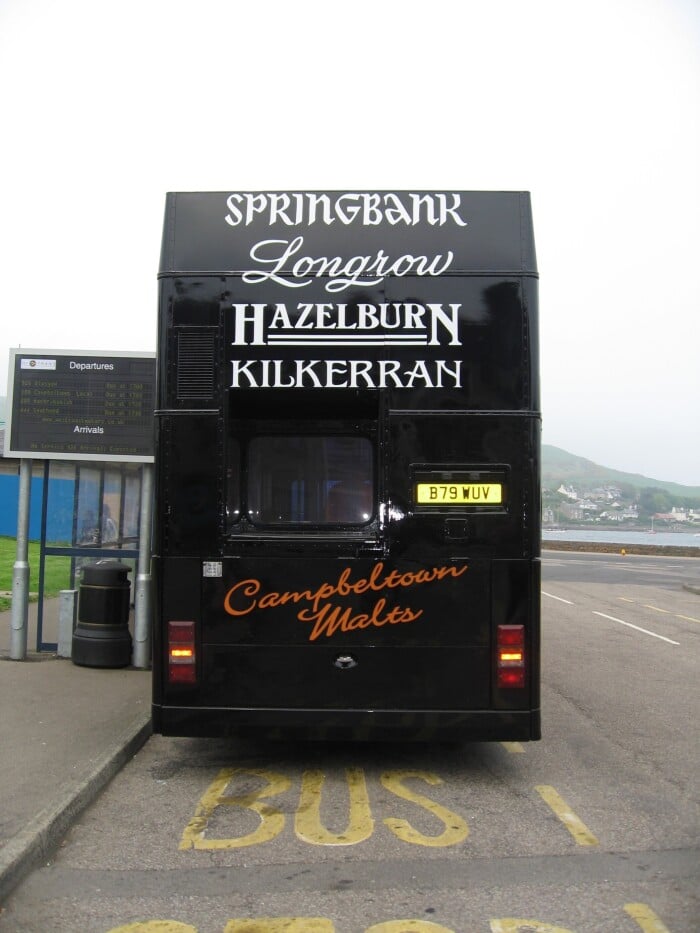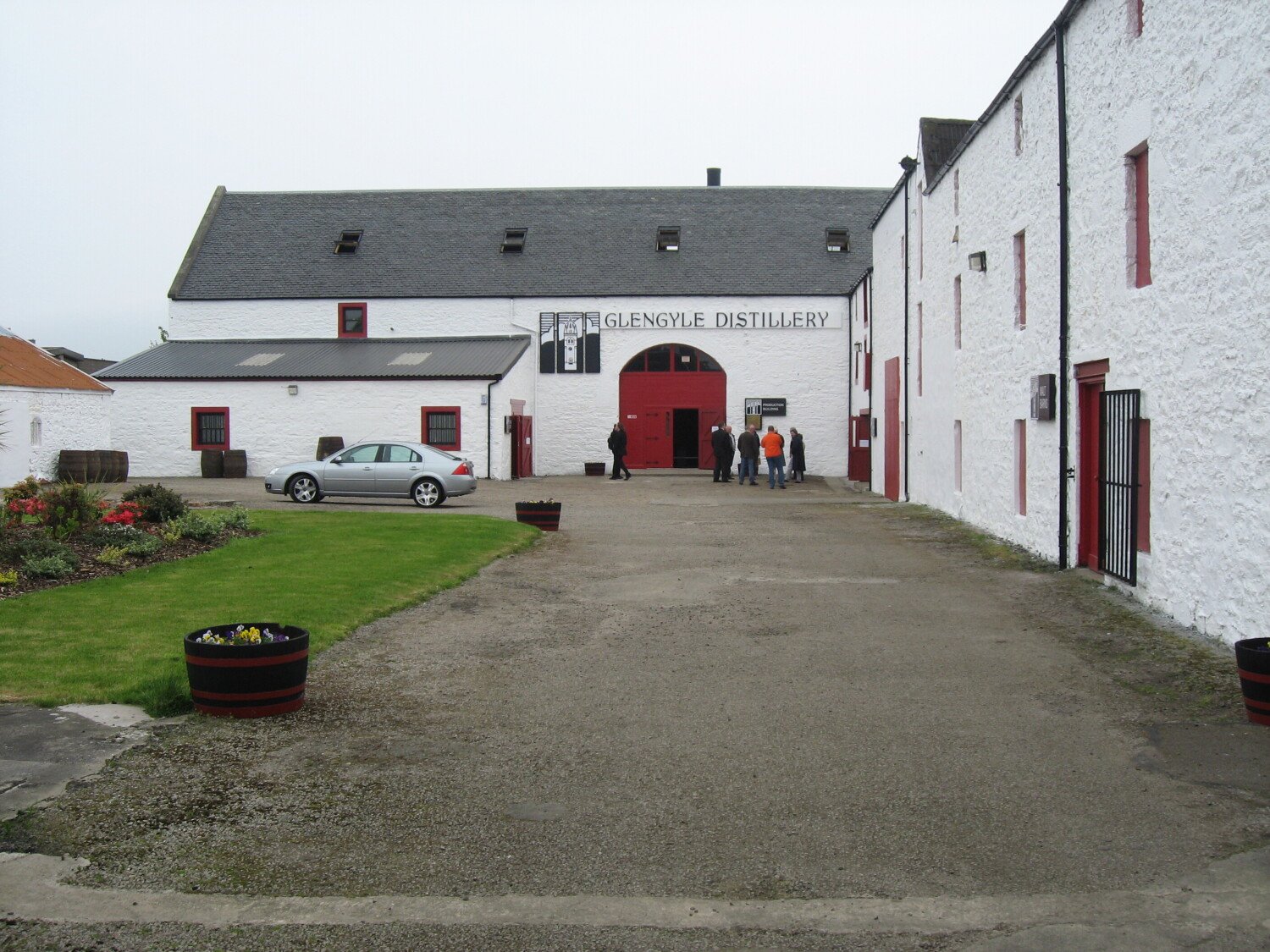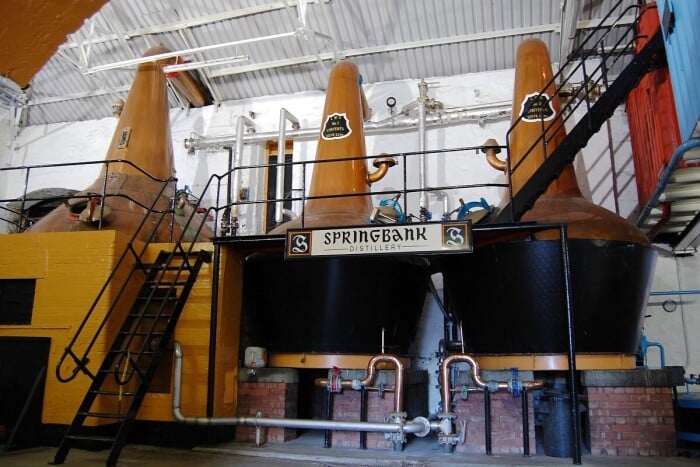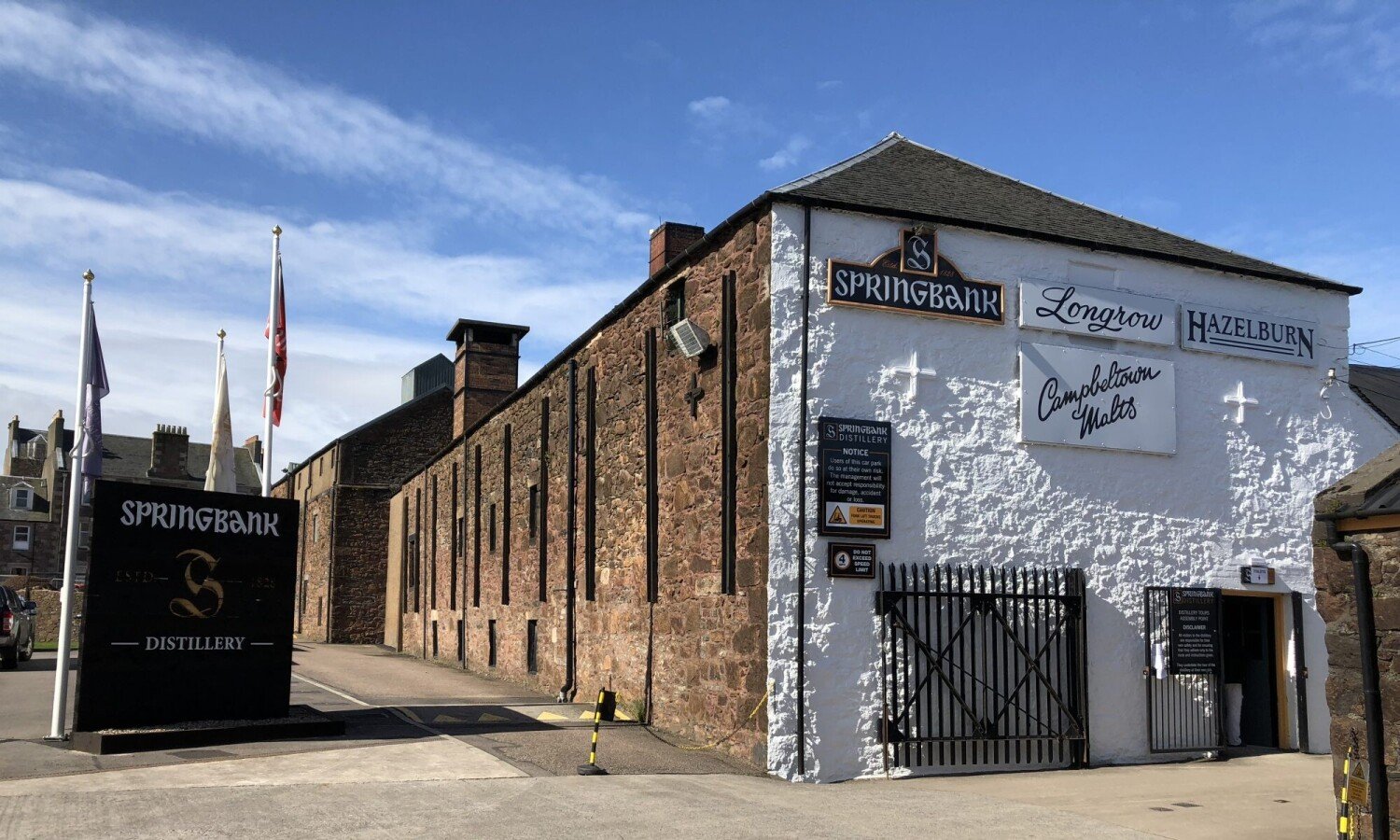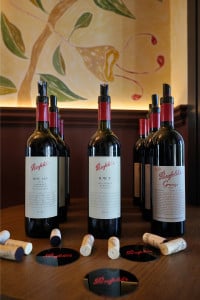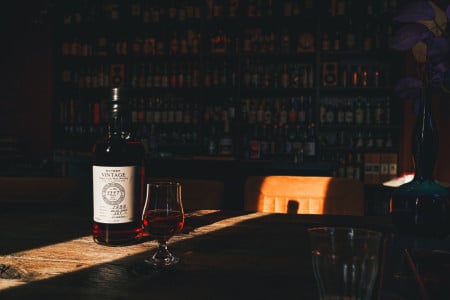At most distilleries in Scotland, some operations are outsourced to specialised companies. Springbank is the only distillery in this country that still does everything itself; from malting the barley to bottling the mature whisky. Besides keeping the entire production in-house, they do much more. At Springbank distillery, they don't just make one whisky, they make as many as three. And on top of that, they also run another distillery in the town of Campbeltown, which was once called ‘the whisky capital of the world’.
Until the 1920s, Campbeltown was full of distilleries. In its heyday, around 30 distilleries produced in and around the place and Campbeltown was considered the richest town in the UK. World War I and Prohibition in the United States of America brought this to an abrupt end. When Prohibition ended and sales of whisky to the US resumed, there were only two distilleries left to return to production. These were Glen Scotia and Springbank, and so for many years these would be the only ones still distilling in Campbeltown. Despite the fact that only two distilleries were operating, people continued to see Campbeltown as a distinct Scotch whisky region for many years to come. However, more and more people consider Campbeltown to be part of the Highlands.


